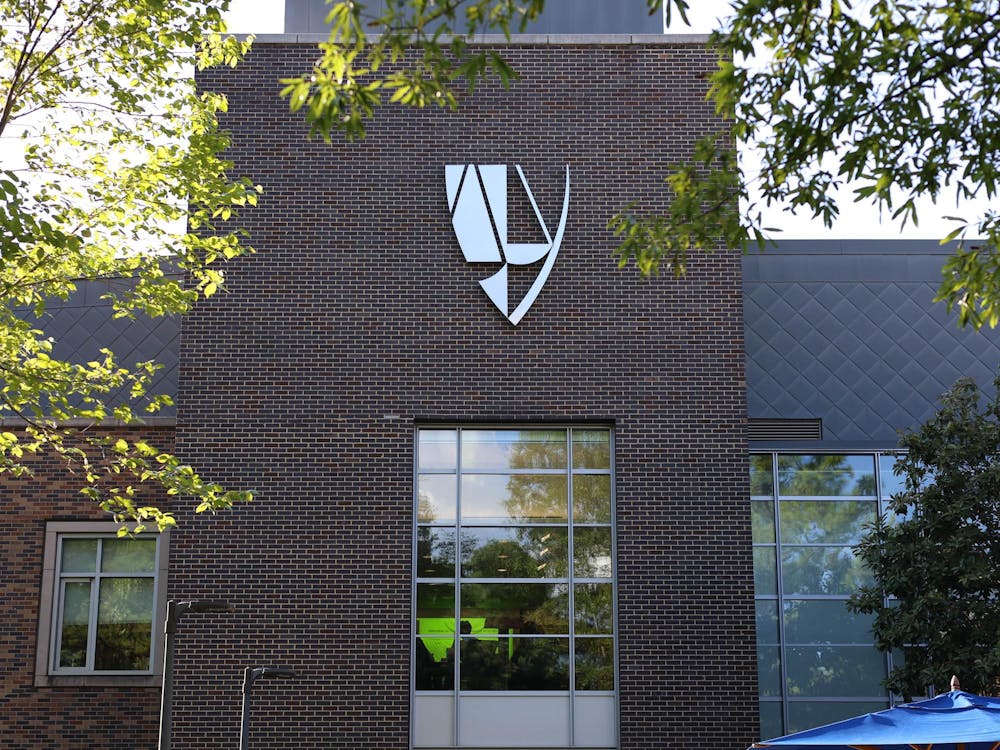Durham City Council voted on March 4 to not renew their contract with SoundThinking, the company behind the controversial gunfire detection software ShotSpotter that had operated in parts of the city since November 2022.
Before the decision to effectively shut the program down, findings from a study conducted by Duke Law School’s Wilson Center for Science and Justice were presented to the council.
The report, led by Philip Cook, ITT/Terry Sanford professor emeritus of public policy and economics, and Adam Soliman, assistant professor of economics at Clemson University, evaluated whether the program improved responses to gun violence.
The results of the report were mixed. On one hand, the report found that ShotSpotter more than doubled the number of gunshot notifications for the target area, "notably improving response times by patrol officers."
On the other hand, ShotSpotter alerts were published for only 26 of the 52 known gunshot incidents during the pilot period, while 911 received calls for 50 of the 52 incidents — indicating that the system is not a foolproof method of gunshot and violence detection.
Tom Chittum, senior vice president of forensic services at SoundThinking, wrote to The Chronicle Thursday that ShotSpotter is "not intended to generate evidence related to indoor shootings," and added that the statistic did not distinguish between indoor and outdoor gunfire, although this was noted in the research study.
According to Cook, the immediate goal of ShotSpotter is to improve the amount of gunfire incidents that receive police responses and investigations.
“There was this group of cases that had a ShotSpotter alert, but no 911 call,” Cook said. “There were seven additional arrests resulting from those cases that would not have happened otherwise … and there were 71 cases where there was at least some evidence collected at the scene, even though there was no arrest.”
Chittum wrote that ShotSpotter's main value lies in how it saves lives, adding that "we must not ignore the importance of this technology’s ability to bring care to victims who may otherwise not receive the aid they need, resulting in lives saved."
"While we believe ShotSpotter is a vital tool in any city’s toolbox to assist law enforcement in delivering efficient, effective, and equitable responses, it would be a mistake to frame the technology’s greatest purpose as a system solely used to result in arrests or reduce gun violence. No technology or tool can make this claim," he wrote.
Another goal of ShotSpotter is to increase the efficiency of responses to gunfire, such as emergency medical attention, by providing a more accurate location of the incident.
Cook said that the median response time improvement was "a little over a minute out of around five minutes," adding that the number of cases with slow response times fell substantially. He noted that ShotSpotter may have saved a life in one case, where a victim was bleeding out when the police arrived but was able to receive sufficient first aid to survive their wounds.
However, for the cases in which 911 and ShotSpotter were both involved, Cook said that there was no improvement detected regarding police investigations.
Cook added that it costs over $200,000 a year to continue using ShotSpotter in a three square mile area and two extra police deployments and patrol cars per day — time that he argues could be better spent.
Since the program’s installation, ShotSpotter’s services have drawn scrutiny from community members and failed to pick up a drive-by shooting in January 2023 and two deadly shootings in February 2023.
“ShotSpotter missed a few high-profile shootings that it should have alerted,” Cook said. “It appeared that there were some dead spots in the positioning of the microphones,” but Cooke is unsure to what extent the technology will be able to be improved beyond these adjustments.
It is also difficult to evaluate whether ShotSpotter was able to reduce gun violence as a whole, and whether it is capable of doing so in the long term.
“For myself, I'm willing to believe it does reduce gun violence.” Cook said. “Conceptually, it's straightforward that if you improve police investigations and increase arrest rates for shooters, then that will tend to reduce gun violence through the usual effects of the criminal justice system — deterrence and incapacitation.”
One area of concern among community members was that low-income neighborhoods and communities of color may be overpoliced due to ShotSpotter.
“In other cities, ShotSpotter has been controversial because, in fact, the police have abused the system in different ways,” Cook said. “In Durham, it appeared to me and others who have looked at it that the pilot system was incredibly well managed and that, in fact, Durham was a model for how it should be done.”
Cook decided to “try to inform the discussion and the city council, but not to advise it.” While the ShotSpotter evaluation does not take a stance regarding whether or not the Council should renew the contract, Cook doesn’t think the Council will consider retrying ShotSpotter anytime soon.
“For Durham, as for many cities, gun violence is the most important crime problem, and it deserves and needs the highest priority,” Cook said. “If it's not going to be ShotSpotter, it needs to be other approaches.”
Editor's Note: This article was updated Thursday evening with Chittum's comment.
Get The Chronicle straight to your inbox
Signup for our weekly newsletter. Cancel at any time.
Winston Qian is a Pratt first-year and a staff reporter for the news department.

